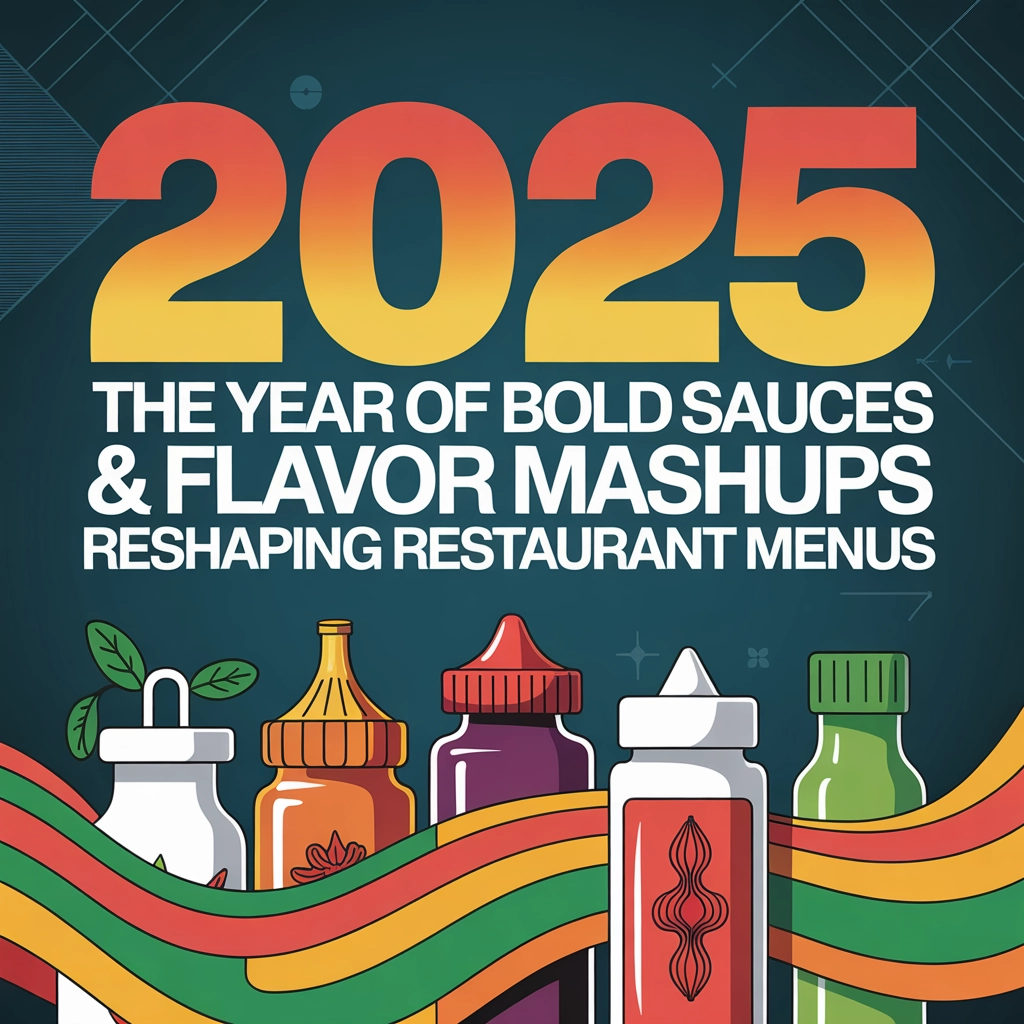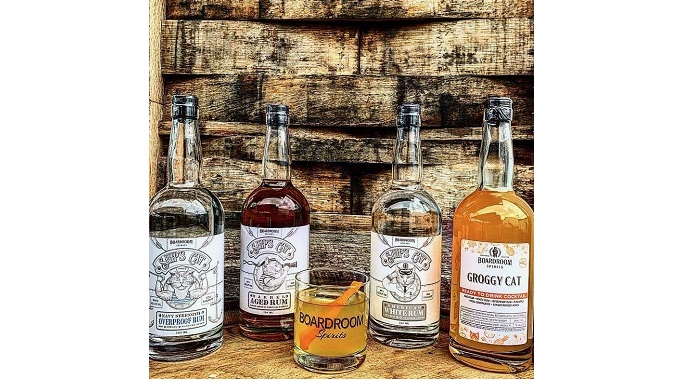The Sauce Revolution Is Here
If there's one thing defining restaurant menus in 2025, it's the remarkable evolution of sauces and flavor combinations that were once considered experimental but are now driving customer excitement and menu innovation across the industry. Gone are the days when a simple marinara or basic aioli could impress diners—today's culinary landscape demands bold, unexpected flavor profiles that challenge and delight the palate.
As we track the rapidly evolving food scene, it's clear that sauces have moved from side player to starring role. Our recent industry survey found that 72% of chefs have significantly expanded their sauce repertoire in the past year alone, with 68% reporting that distinctive sauces are now a primary driver of menu development.
"Sauces have become the ultimate canvas for culinary creativity," says Chef Michael Freeman, recently appointed Culinary Director at Paso Robles. "They're no longer an afterthought—they're often where we start the conversation about a new dish." Freeman, known for his innovative approach to coastal cuisine, has been at the forefront of incorporating fermented elements and cross-cultural techniques into his sauce development. "What we're seeing in 2025 is fearlessness around flavor that wasn't there even two years ago."
Let's dive into the key sauce and flavor trends reshaping menus and pushing the boundaries of what's possible in restaurant kitchens across America.
Transformative Sauces: Inventory Reimagined
Smart restaurant operators have discovered that innovative sauces offer a powerful solution to menu fatigue and inventory challenges. By developing signature sauces that transform existing ingredients, chefs are creating new, craveable dishes without completely overhauling their inventory or kitchen operations.
"A strategic approach to sauce development can turn a familiar protein into three or four distinct menu offerings," explains Chef Amara Lee of Fusion 305 in Miami. "We're taking our popular grilled chicken and creating completely different experiences through a rotation of our housemade sauces—from a fermented black garlic emulsion to a Thai-inspired makrut lime and lemongrass reduction."
This sauce-centric approach enables restaurants to:
- Create limited-time offerings that generate buzz without requiring extensive retraining
- Reduce food waste by repurposing ingredients across multiple applications
- Maintain menu excitement while controlling inventory costs
- Develop signature flavors that drive repeat business
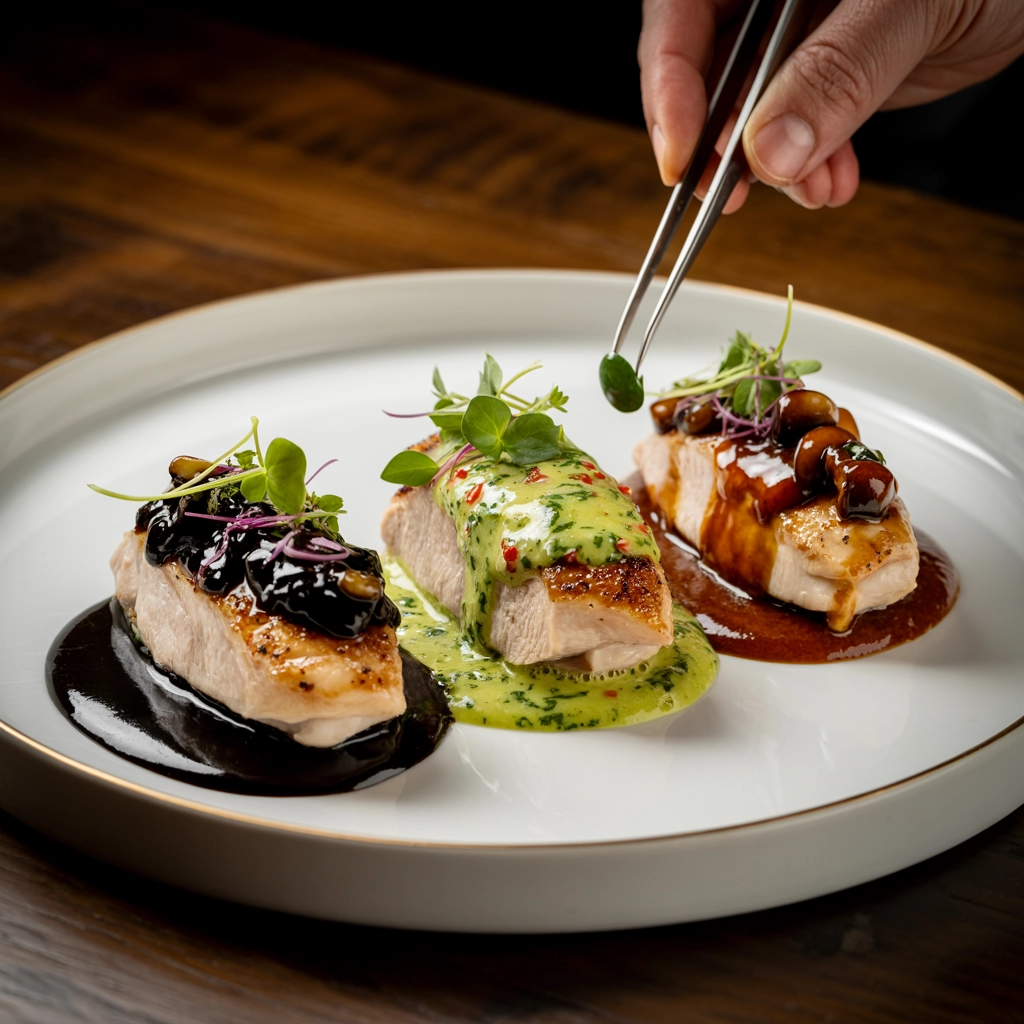
Global Flavor Mashups Leading the Way
Perhaps the most exciting development in the 2025 sauce landscape is the fearless fusion of previously distinct culinary traditions. Today's diners have sophisticated palates shaped by travel and social media exposure, and they're hungry for unexpected combinations that tell a compelling flavor story.
The most successful restaurants are embracing "third culture cuisine"—cooking that doesn't fit neatly into traditional categories but instead creates something entirely new. Among the standout trends:
Middle Eastern Meets Latin American
The marriage of Middle Eastern spices with Latin American techniques has proven particularly fruitful. Restaurants like Tierra y Fuego in Austin are pioneering dishes like za'atar-crusted carnitas with pomegranate-harissa sauce, while Chicago's Spice Trail offers arepas topped with muhammara and preserved lemon labneh.
"These combinations work because both traditions appreciate bold flavors, slow cooking methods, and the balance of spice with acidity," notes food anthropologist Dr. Maya Castillo. "What we're seeing isn't cultural appropriation but rather a respectful dialogue between culinary traditions."
The Rise of "Swicy"
If there's one flavor profile that defines 2025, it's "swicy"—the perfect marriage of sweet and spicy elements that creates an addictive eating experience. This trend, particularly popular with Gen Z consumers, shows no signs of slowing down.
Hot honey led the charge, but innovative chefs have expanded the swicy universe with creations like:
- Gochujang-maple glazes for everything from Brussels sprouts to fried chicken
- Habanero-mango compound butters for seafood
- Chili-spiked chocolate sauces for dessert applications
- Spiced fruit chutneys with unexpected heat profiles
According to our recent consumer survey, 83% of diners under 35 specifically seek out swicy flavor combinations when dining out, making this a must-have profile for forward-thinking restaurants.
The Briny Revolution
Another dominant trend in 2025's sauce landscape is the embrace of briny, fermented, and umami-rich ingredients that add depth and complexity to dishes across the menu.
Fermentation Nation
Fermented foods have completed their journey from health food stores to fine dining, with restaurants incorporating housemade ferments into their sauce programs. Kimchi butter, miso-enriched vinaigrettes, and koji-fermented marinades are appearing on menus from casual bistros to Michelin-starred establishments.
"Fermentation isn't just about preservation anymore—it's about developing complex flavors that can't be achieved any other way," explains fermentation specialist Jordan Kim of Cultured Provisions. "A sauce made with properly fermented ingredients has layers of flavor that unfold as you eat, creating a much more engaging dining experience."
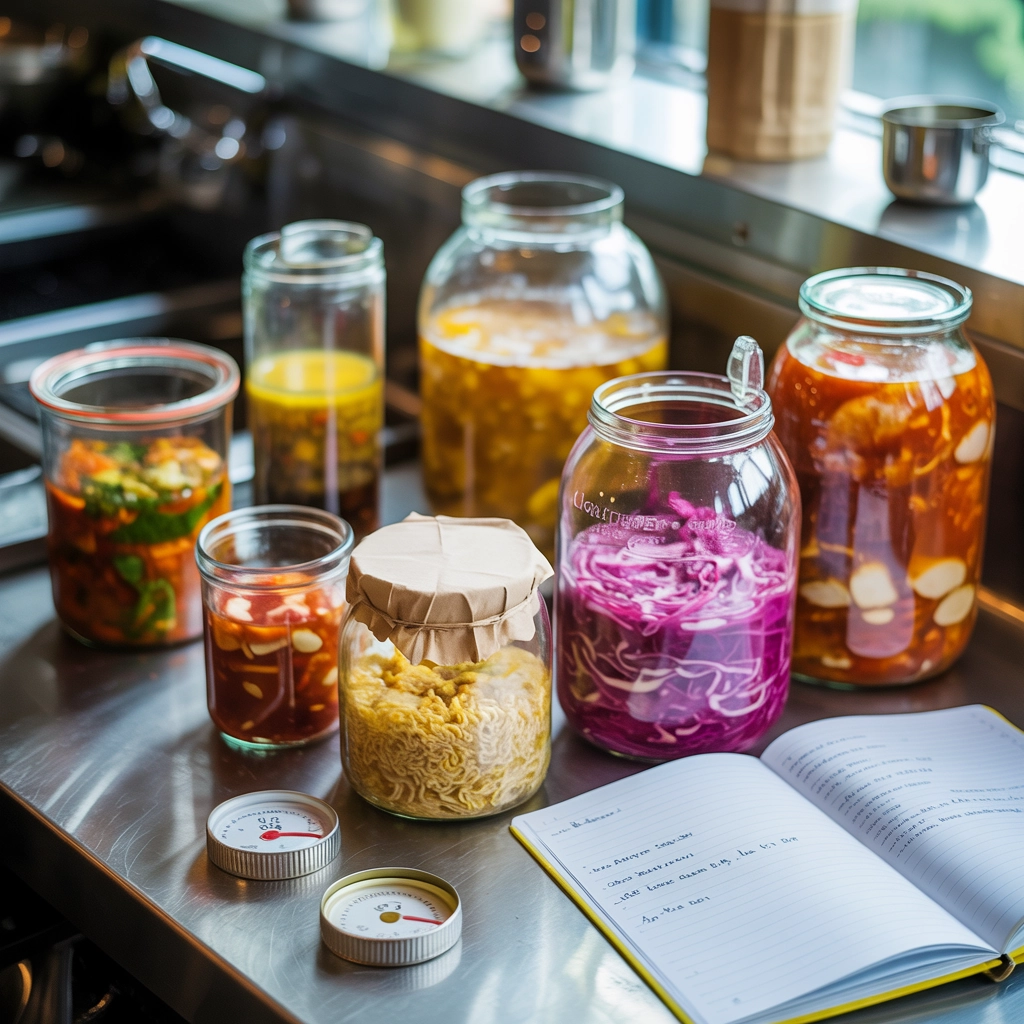
Brine Time
Pickled and brined ingredients are adding zesty punctuation to sauces across the country. From classic capers to more adventurous applications like pickled ramp vinaigrettes and fermented citrus sauces, chefs are harnessing the power of acid and salt to create memorable flavor experiences.
Atlanta's Brine & Barrel has built its entire concept around this trend, offering a rotating selection of housemade pickles and ferments that make their way into the restaurant's signature sauces. Their pickle-brined hot sauce, fermented for six months in oak barrels, has developed such a following that they now sell it nationwide through specialty retailers.
Umami Bombs: The Fifth Taste Takes Center Stage
The appreciation for umami—that elusive fifth taste—has reached new heights in 2025, with chefs developing sauces specifically designed to maximize this savory sensation.
Mushroom Mania
Fungi have emerged as umami powerhouses, with specialty mushrooms like lion's mane and king trumpet appearing in everything from plant-based gravy alternatives to luxury steak sauces. Restaurants like Terra in Portland have devoted entire menu sections to mushroom-based sauces that pair with proteins and vegetables alike.
Soy Beyond Asia
While soy sauce has long been appreciated in Asian cuisines, 2025 has seen this umami-rich ingredient incorporated into unexpected applications. French restaurants are adding subtle amounts to classical mother sauces, while barbecue joints are incorporating it into their signature rubs and mops.
"What we're seeing is a true globalization of umami," notes food scientist Dr. Priya Sharma. "Chefs are recognizing that these traditional ingredients can enhance flavors across culinary traditions without compromising authenticity."
The Technology Factor: How Innovation Is Driving Sauce Development
The sauce revolution isn't just happening in traditional kitchens. Technology is playing an increasingly important role in how restaurants develop, produce, and serve their signature flavors.
AI-Powered Formulation
As highlighted in our recent article on AI in the food industry, artificial intelligence is now being used to predict successful flavor combinations and optimize sauce formulations. Companies like FlavorSynth offer proprietary algorithms that analyze thousands of successful recipes to suggest novel combinations that have a high probability of consumer acceptance.
Precision Fermentation
Advanced fermentation chambers with precise temperature and humidity controls are enabling restaurants to develop consistent, complex fermented sauces year-round. These technological innovations are democratizing techniques that once required years of specialized knowledge.
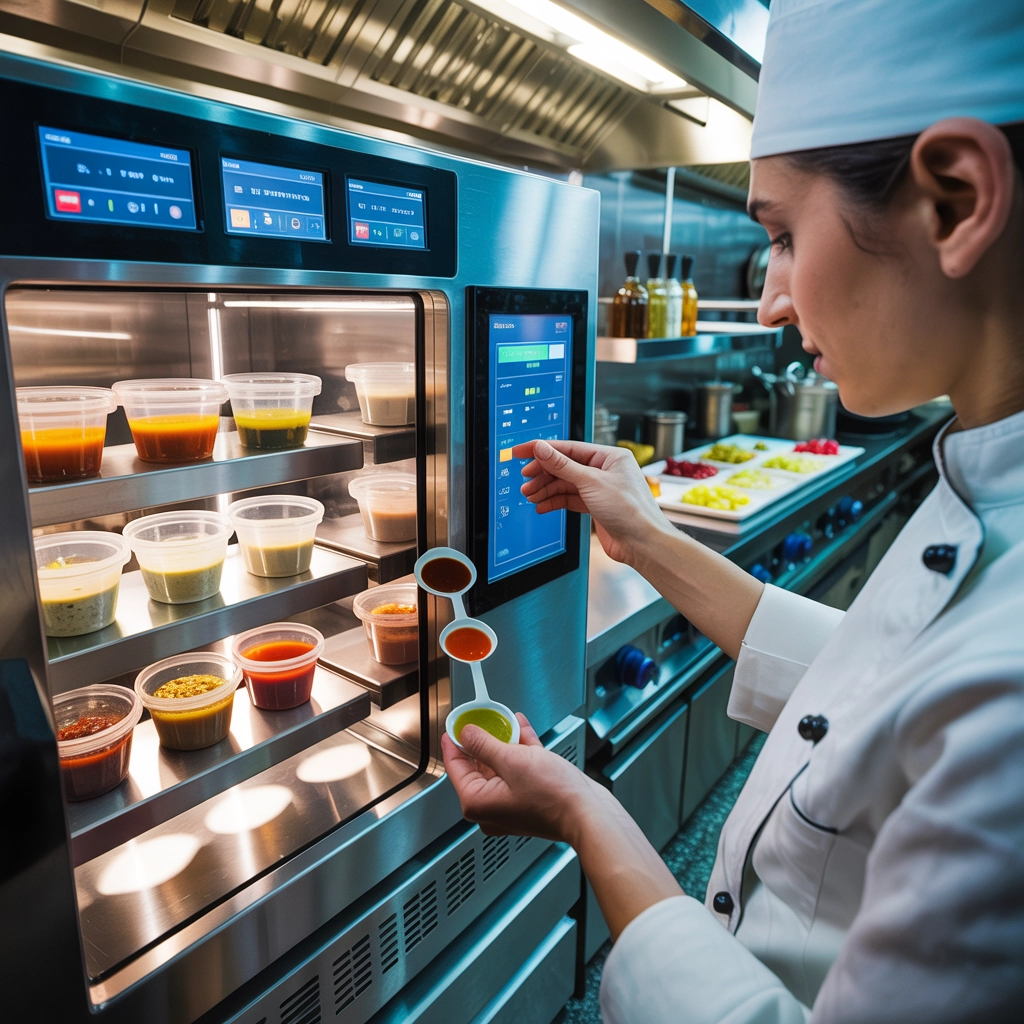
Sustainability Through Sauce
Perhaps most encouragingly, the sauce revolution is advancing sustainability goals across the industry. Creative sauce development is enabling chefs to utilize ingredients that might otherwise go to waste, aligning with the growing upcycling movement in hospitality.
"We're using every part of the produce now," explains Chef Darren Wong of Root & Stem in Seattle. "Carrot tops become carrot-top pesto, broccoli stems are fermented into a savory sauce base, and fruit scraps become the foundation for our signature gastrique. Nothing goes to waste when you're thinking in terms of sauce potential."
This approach not only reduces food waste but also creates distinctive flavor profiles that set restaurants apart in a competitive marketplace. As consumers increasingly value sustainability, these practices represent both good ethics and good business.
What This Means for Your Restaurant
For operators looking to capitalize on these trends, the message is clear: invest in your sauce program. Here are concrete steps you can take:
- Audit your current sauces – Are they distinctive? Do they tell a flavor story? Could they be applied to multiple menu items?
- Explore fermentation – Even small-scale fermentation projects can yield big flavor dividends. Start with simple quick pickles and work up to more complex ferments.
- Cross-cultural training – Encourage your culinary team to explore techniques and ingredients from diverse culinary traditions.
- Develop a signature "swicy" offering – Create at least one menu item that capitalizes on the sweet-spicy trend that's captivating younger diners.
- Consider technology investments – From precision fermentation equipment to software that tracks sauce development, the right technology can accelerate your innovation.
- Tell your sauce story – Once you've developed distinctive sauces, make sure your servers can effectively communicate what makes them special.
The restaurants that will thrive in this sauce-centric landscape are those that view condiments not as afterthoughts but as the heart of their culinary identity. By embracing bold flavors, unexpected combinations, and techniques that maximize taste while minimizing waste, you can position your operation at the forefront of this exciting culinary movement.
To learn more about other exciting flavor trends shaping the industry this year, check out our comprehensive guide to 2025's food and beverage scene.
What bold sauce combinations are you experimenting with in your kitchen? Share your experiences in the comments below or reach out to us directly to showcase your innovative approach in an upcoming feature.
Written by Michael Politz, Author of Guide to Restaurant Success: The Proven Process for Starting Any Restaurant Business From Scratch to Success (ISBN: 978-1-119-66896-1), Founder of Food & Beverage Magazine, the leading online magazine and resource in the industry. Designer of the Bluetooth logo and recognized in Entrepreneur Magazine's "Top 40 Under 40" for founding American Wholesale Floral. Politz is also the founder of the Proof Awards and the CPG Awards and a partner in numerous consumer brands across the food and beverage sector.



